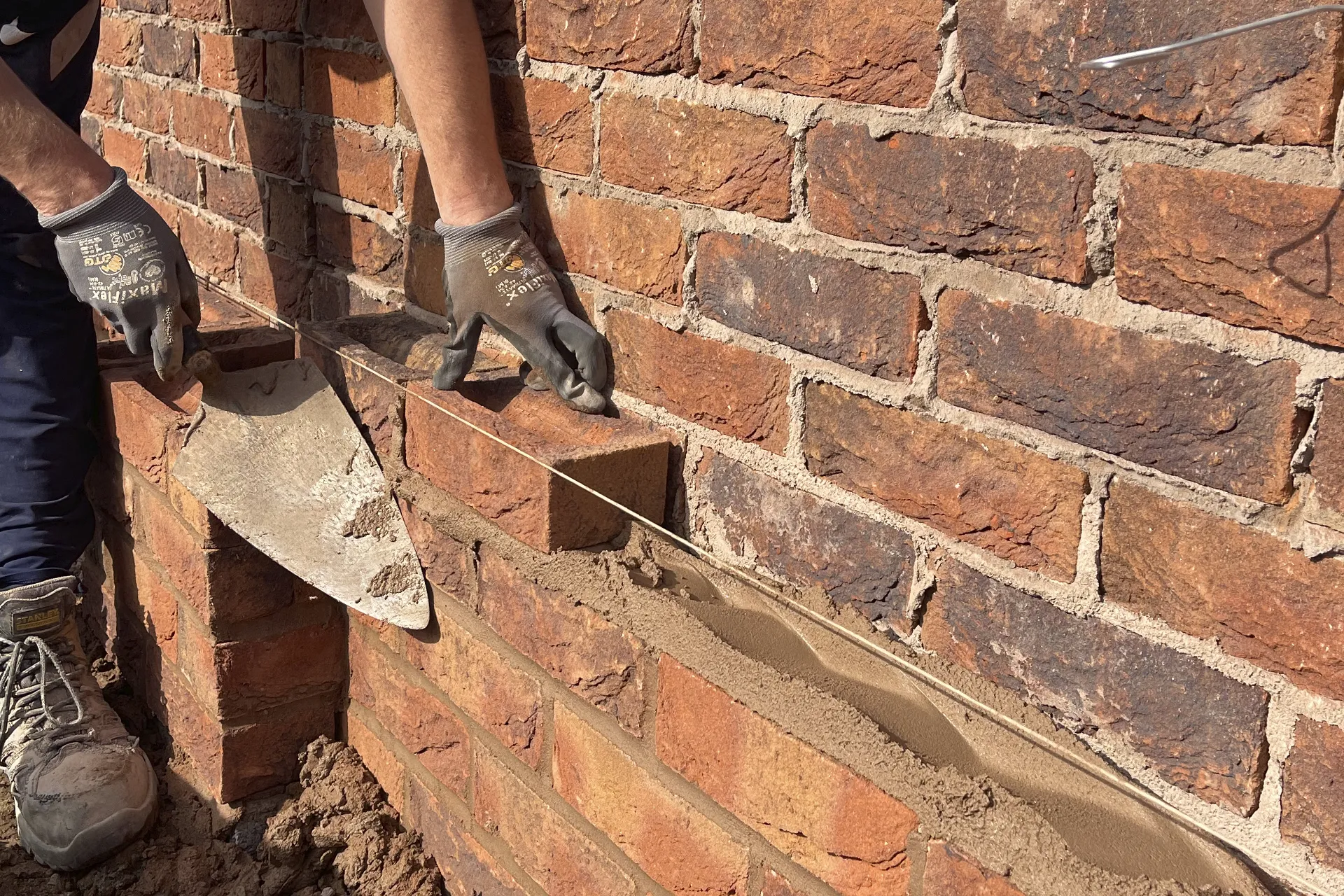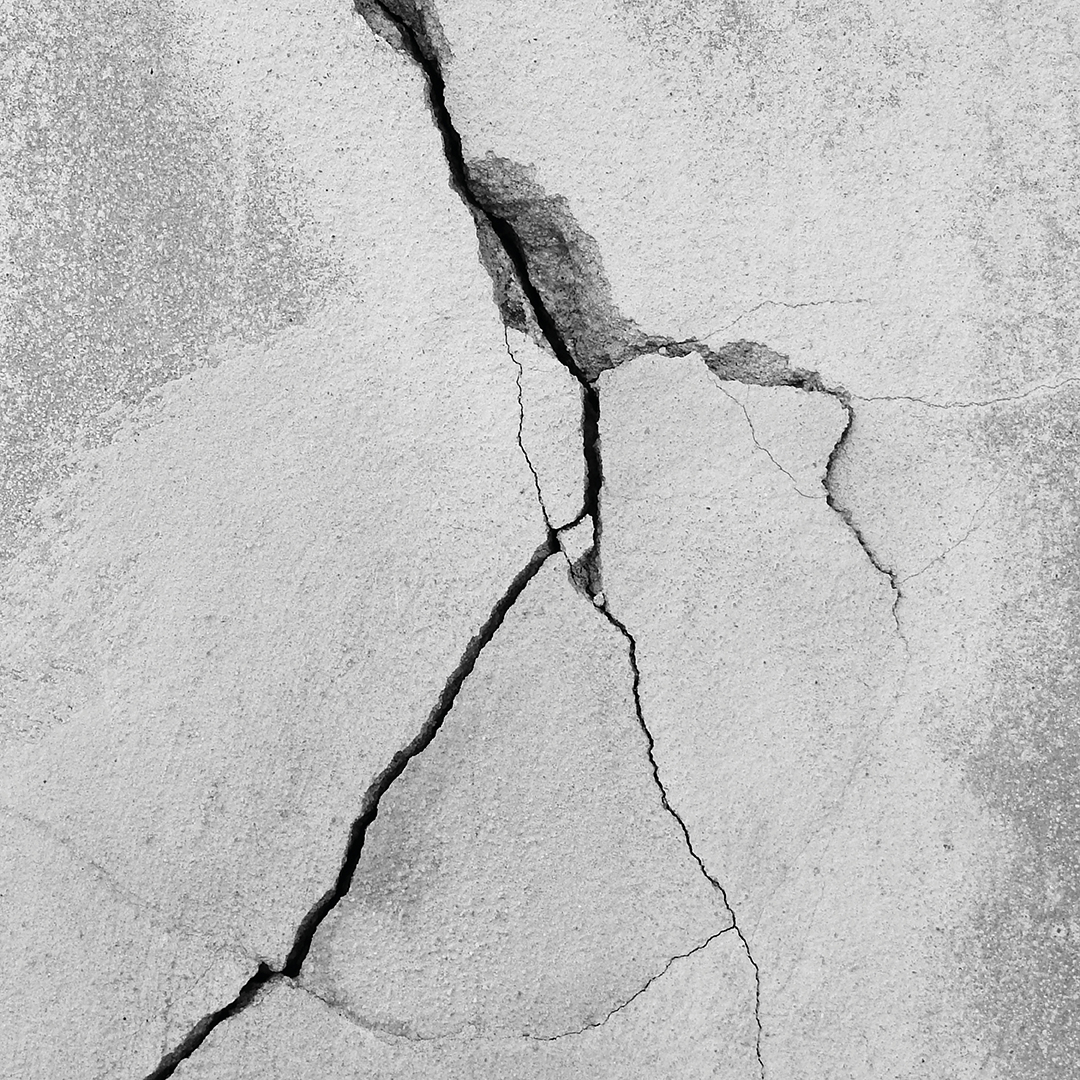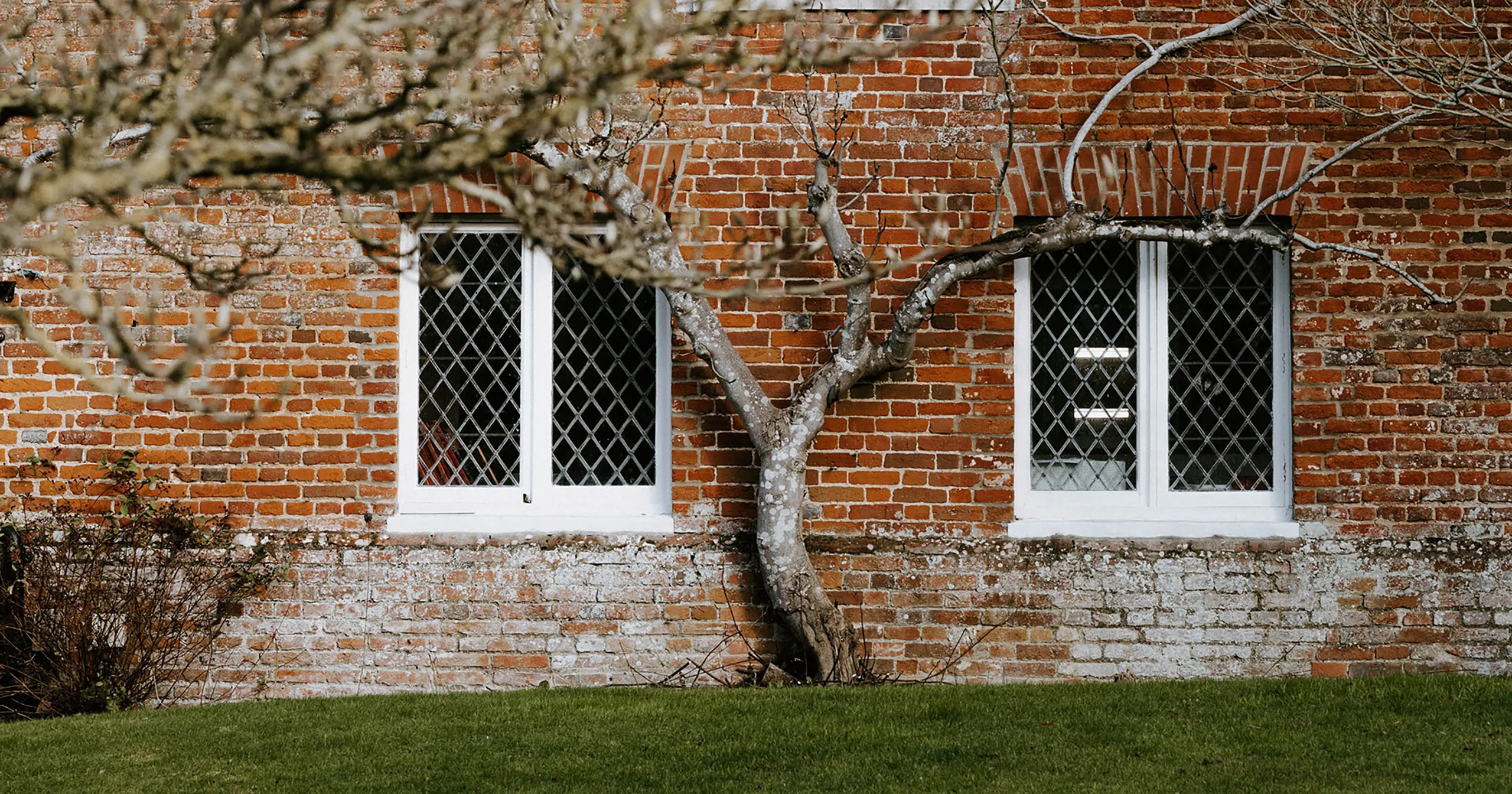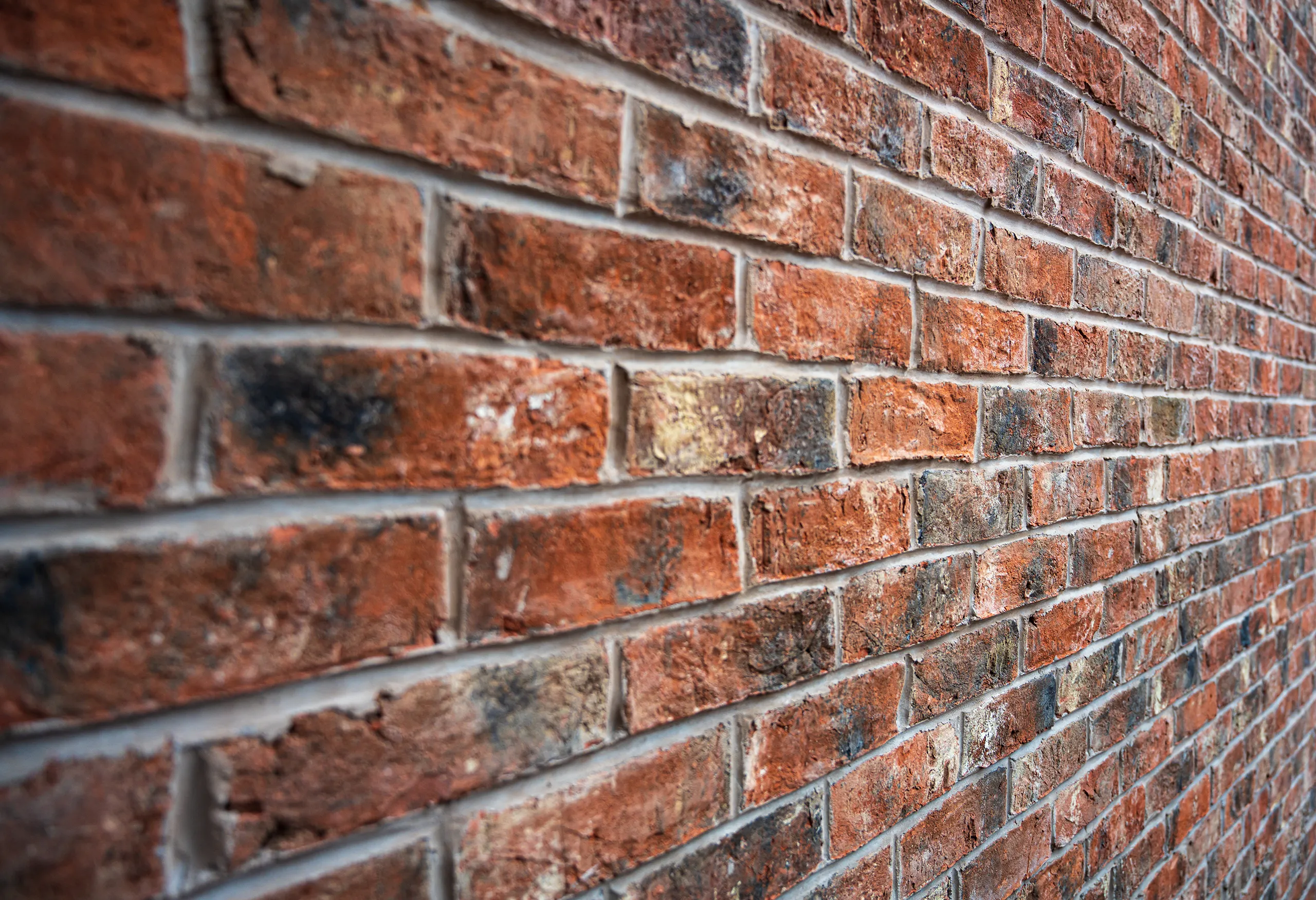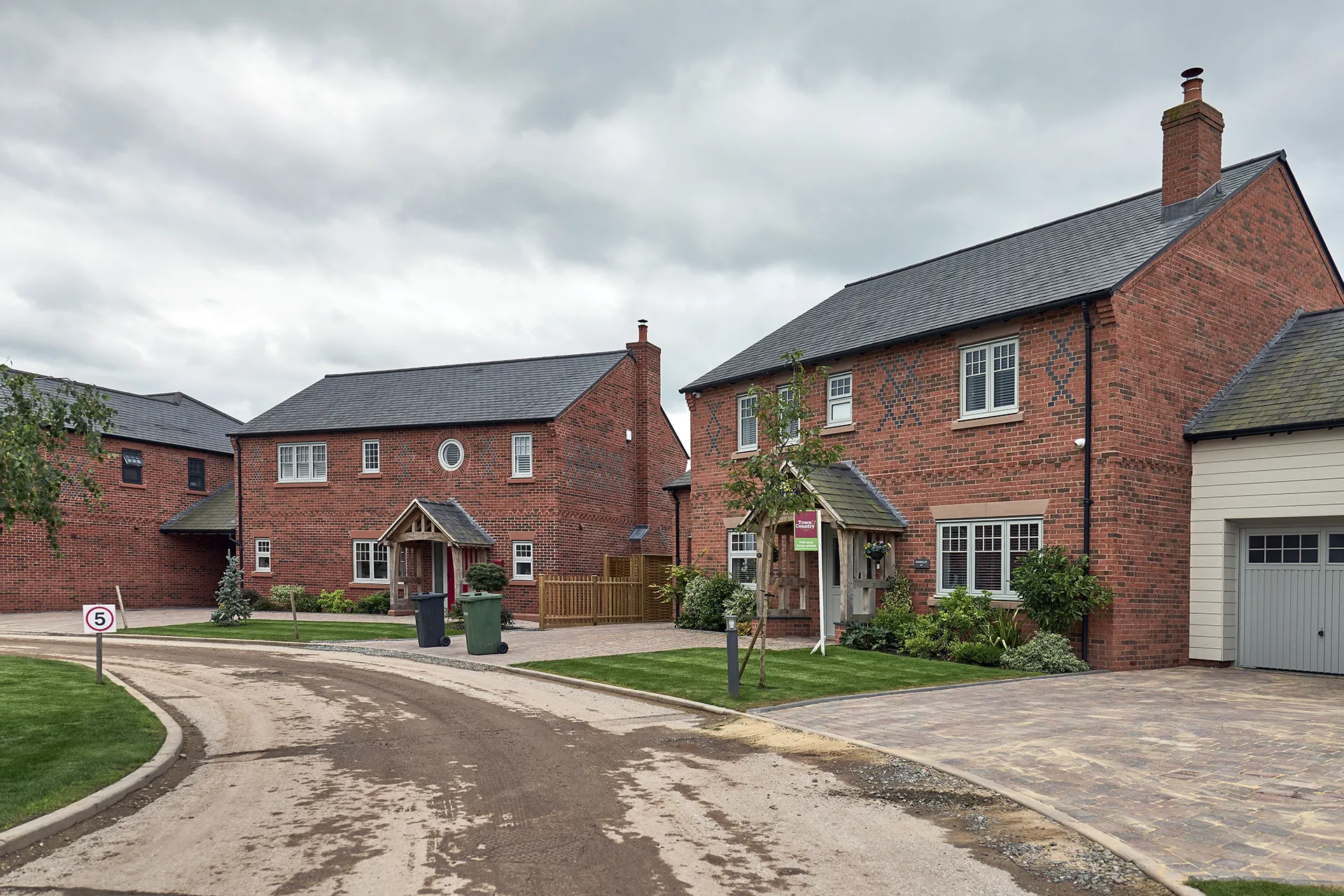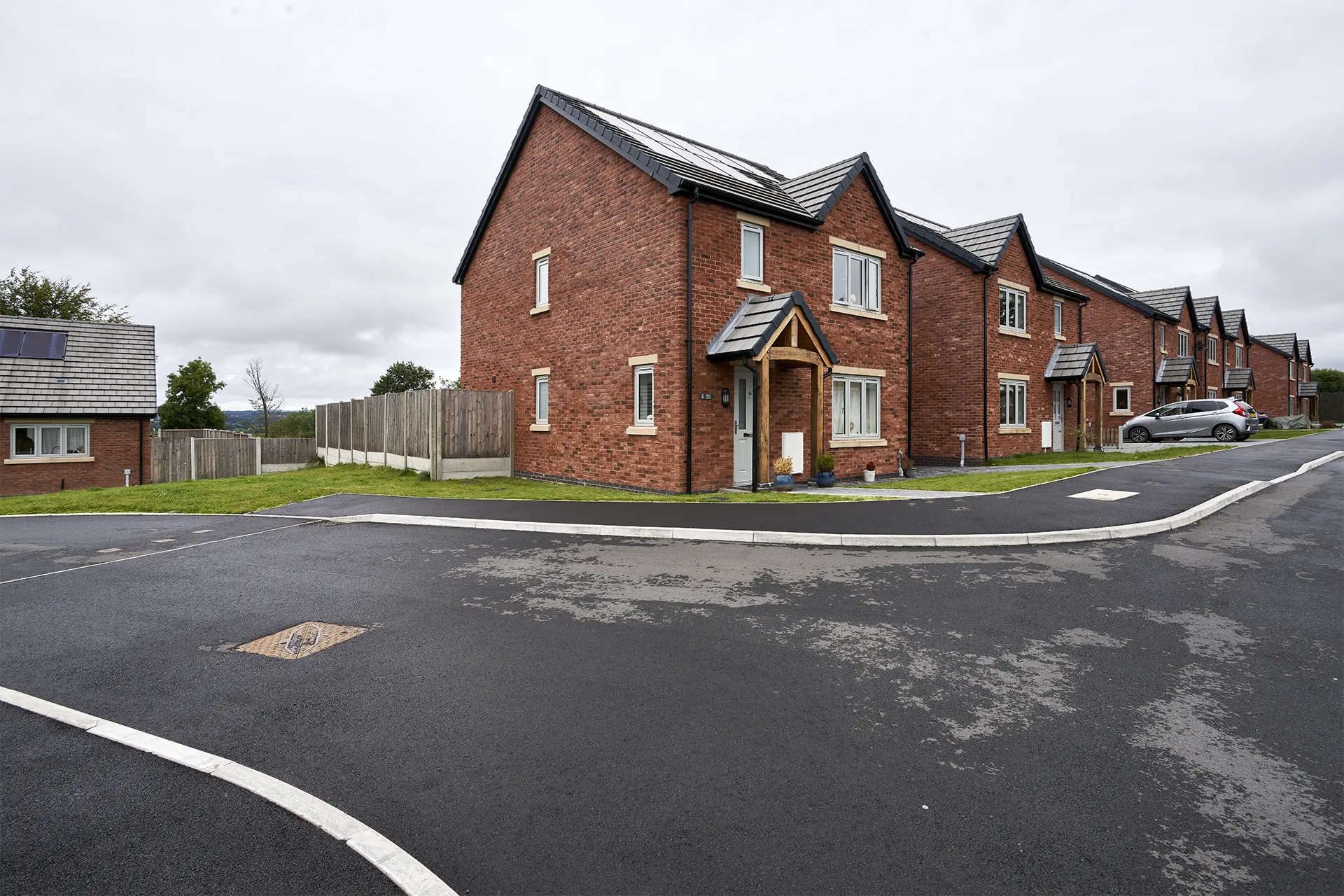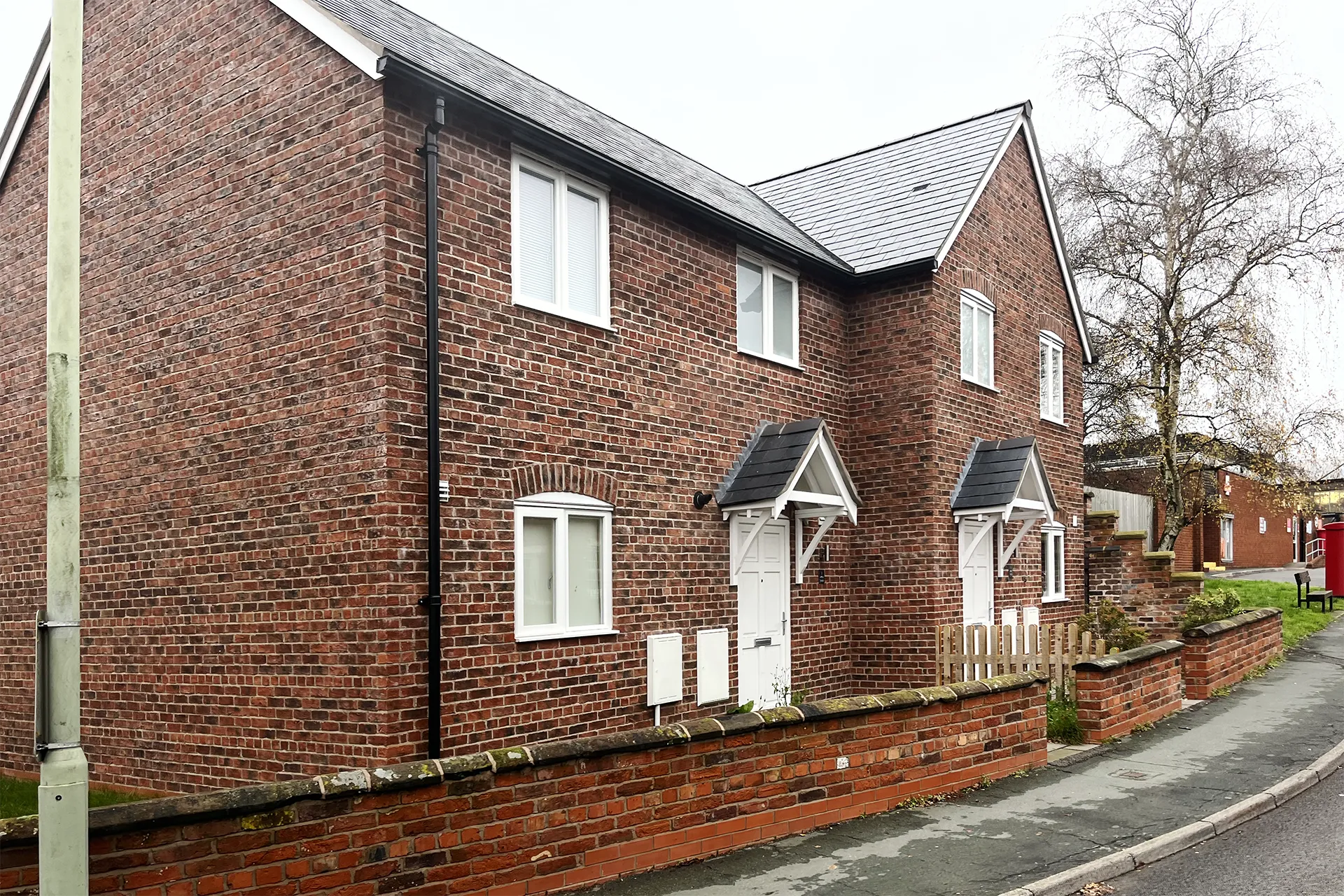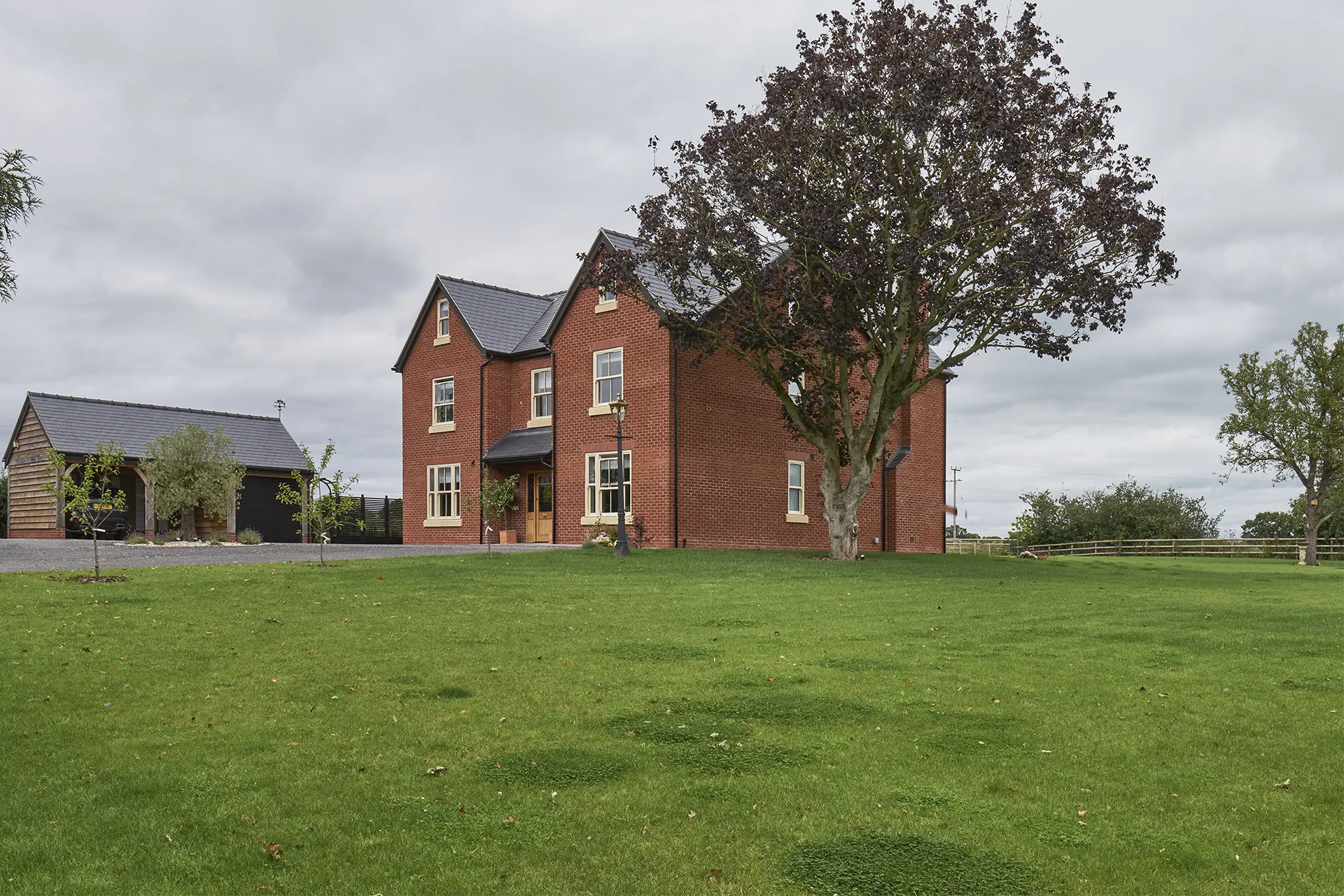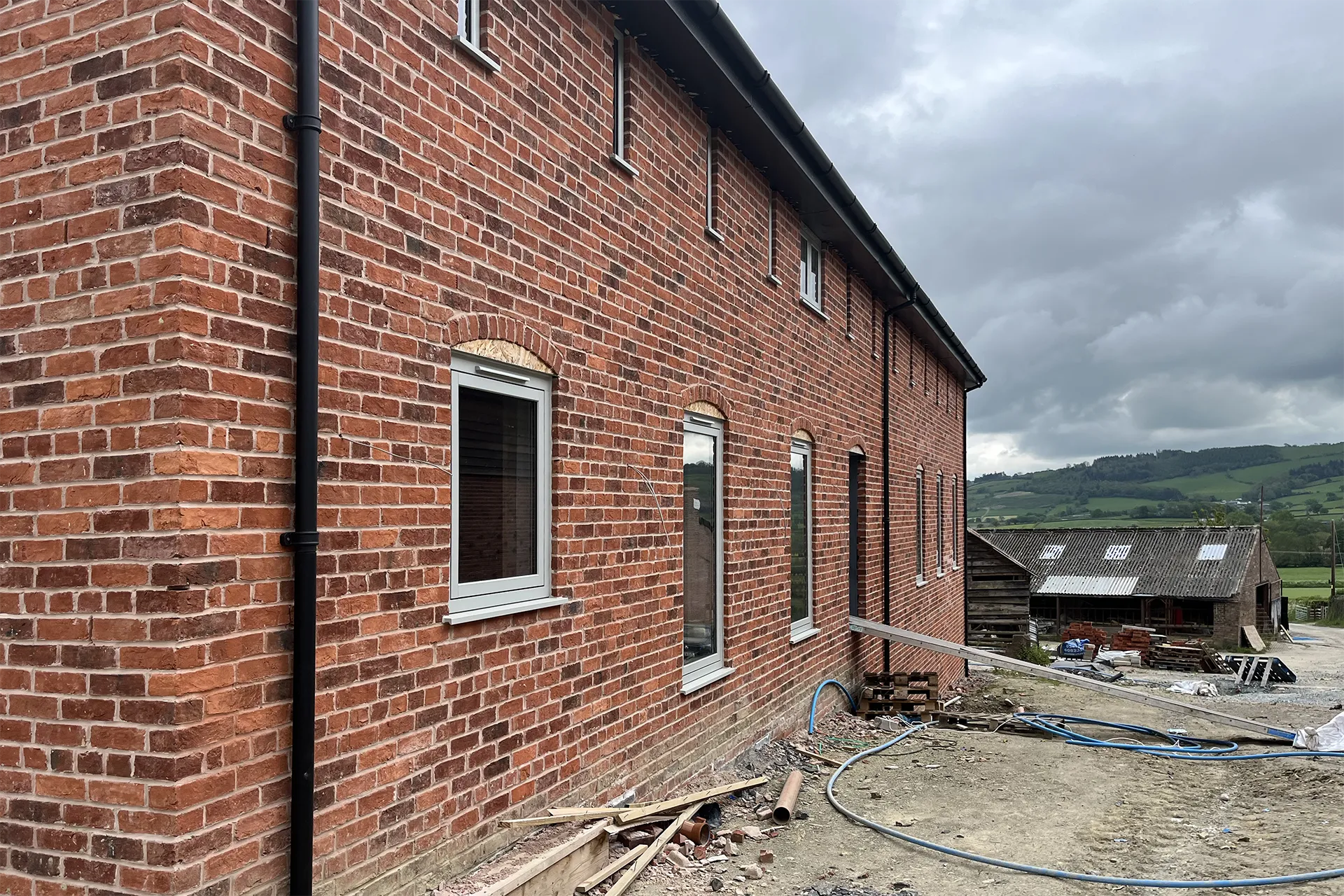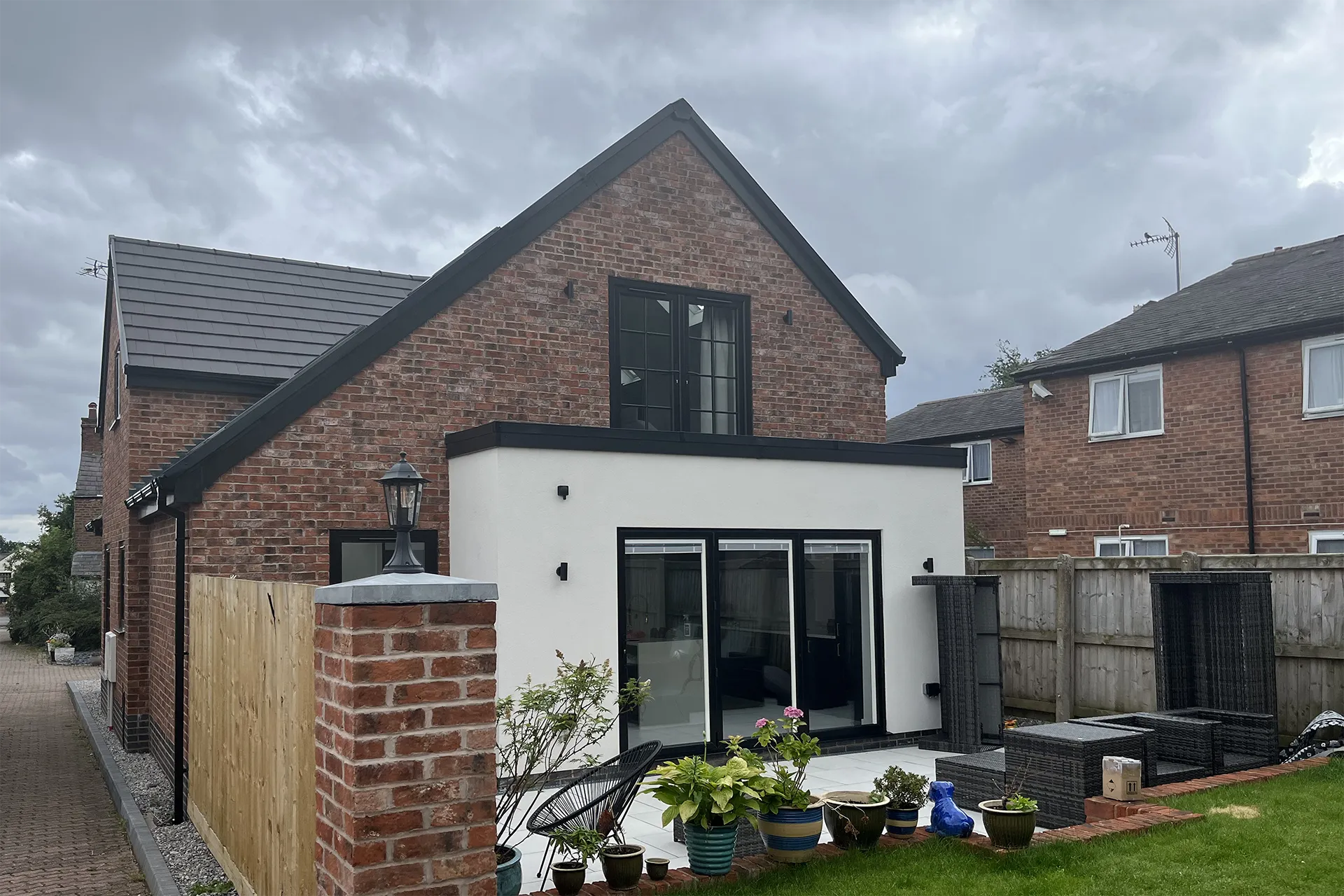A frog can make all the difference when it comes to your bricklaying. Learn whether you should use brick frog up or down to lay your bricks perfectly every time.
Happy bricks
A brick frog refers to the indentation found in moulded or pressed bricks.
There are many benefits to making a frogged brick. Creating an indent meant less material was needed for each brick. Brick-makers could make their material go further, without affecting the size or quality of the finished product.
Faster Firing, Lighter Bricks
Not only did the frog shorten the drying and firing times, but it also hollowed out the bricks, making them lighter and easier to handle.
Strengthening the Bond
By carving a recess for the mortar, the frog improved cement adhesion, forging a stronger bond between bricks.
Frogs in modern bricks are between 10mm and 20mm deep. The indentation provides an excellent location to stamp a brickmaker’s mark or logo, normally the maker’s initials, surname, or place of work.
Why is it called a frog?
Frogging – creating a frog in the brick – is believed to originate from Ancient Egypt. It was custom to create hollows in the bricks, made from Nile clay, and inter live animals. Ancient Egyptians saw the frog as a symbol of fertility and life-giving. Some Egyptologists believe the animals were interred to assist the pharaoh in their afterlife.
The term frog has many meaning, aside from the amphibian reference.
Loop of Many Uses
The term “frog” might surprise you; it describes both the loop holding a sword or a scaffolding tool, and the decorative braid fastening a garment. Could this versatility hint at the frog recess’s own multifaceted purpose?
Bond Beyond Braid
While some call it a frog for its resemblance to the garment fastening, this recess might earn the name for its surprising strength – an ability to forge a truly superior bond between bricks.
Another possible origination of the name is associated with the bumps in the bottom of the brick mould, that form the frog indentation. Early brick-makers had to ensure that green clay filled all the corners of the brick mould. The wooden bumps in old brick moulds were called “kickers” because they “kicked” out the clay into the corners. At some point in history, the English word “kicker” became confused with the Dutch word “kikker”, which translates as “frog.” Other people believe the bumps themselves resembled crouching frogs.
Up or down?
Some experts say that bricks containing frogs should be laid frog up so that the frog is completely filled with mortar. If the brick is laid frog down, the frog may not be completely filled with mortar. This would render the brick wall face-shell bedded, which gives less wall strength than full mortar bedding.
Other experts say brick should be laid with frog down, for two reasons. First, a uniform bed of mortar can be laid more easily on the face that doesn’t contain the frog. Second, if the frog is laid up, any cavities left can hold water, which may cause frost damage and contribute to early brick deterioration.
Some believe frog down is stronger, resulting in better cement adhesion and a stronger bond between bricks.
Others believe frog up has better strength properties. The load is evenly spread throughout the width of the brick, all the way to its foundations. The debate has raged for generations.
The British standard
According to British Standard Code of Practice BS 5628-3, bricks should be laid frog upward and filled with mortar to maximise strength, stability and general performance of the brickwork.
“Unless otherwise advised, lay single frog bricks with frog uppermost and double frogged with deeper frog uppermost. Fill all frogs with mortar…”
If a brick is laid this way, the crease turns up and looks happy. And we all want a happy brick.
So, now you know.
